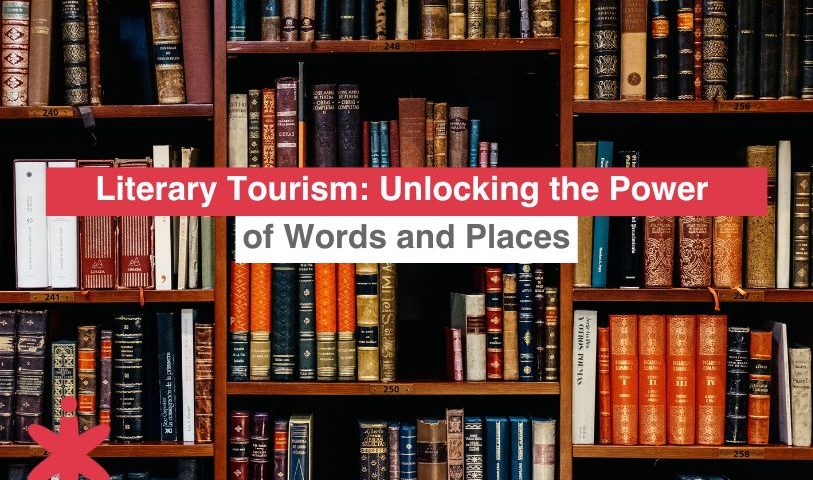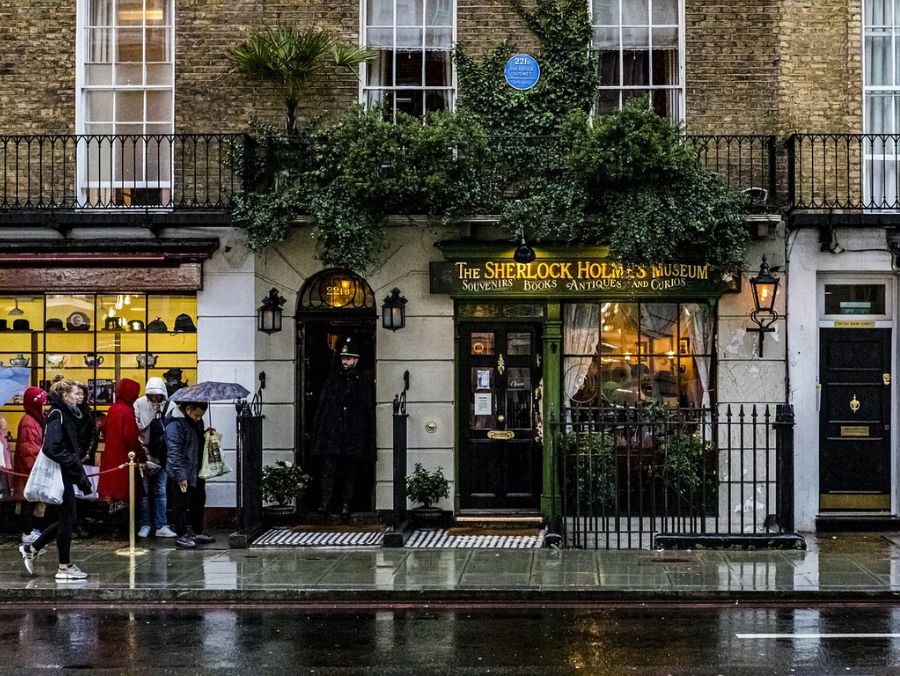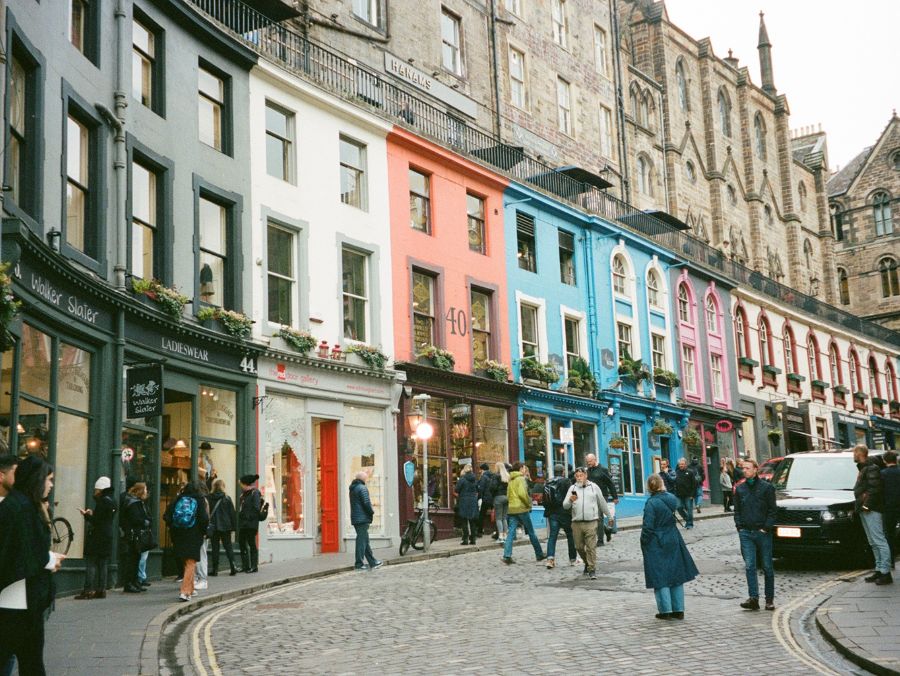Literary Tourism: Unlocking the Power of Words and Places
Literary Tourism: Unlocking the Power of Words and Places

The revaluation of a destination through the creation of new tourist attractions
23/05/2023
The Positive Impact of Green Tourism in Africa
10/07/2023Literary Tourism: Unlocking the Power of Words and Places

Travelers visit destinations associated with authors and their stories, which benefits the tourism industry and the preservation of cultural heritage.
In the realm of travel and tourism, niche tourism has emerged as a powerful force that captivated the hearts and minds of travelers seeking unique and immersive experiences. One such niche that has gained considerable popularity is literary tourism.
Literary tourism beautifully weaves together the worlds of literature and travel, offering enthusiasts the opportunity to walk in the footsteps of their favorite authors, explore the settings of their beloved stories, and delve deeper into the connection between words and places.
What is literary tourism?
Literary Tourism celebrates the intersection of literature, history, and travel. It goes beyond traditional sightseeing, inviting travelers into the worlds of the stories they love. Sightseers visit destinations that have inspired renowned authors and served as the backdrop for famous literary works. By immersing oneself in the setting and the stories that have left an indelible mark on literature, travelers embark on a unique journey that connects their passion for reading with their love for travel.
Benefits of Literary Tourism
Literary tourism offers a multitude of benefits for both the travel industry and travelers themselves. It has witnessed a remarkable surge in popularity over the years, driven by the growing interest in cultural exploration, storytelling, and the desire to engross oneself in the literary worlds that have shaped imaginations.
According to a report by Future Market Insights, the market valuation for literary tourism for 2023 is expected to reach €2.75 billion, up from €2.04 billion in 2022, an increase of €710 million. This increase has shifted the importance of literary sites. They have become contributors to tourism development and catalysts for the local economy.
Visitors have deviated from simply visiting settings of authors’ works or work environments to seeking more intimate experiences. Touring book-lovers enjoy a broad range of activities such as touring places associated with authors, such as their homes, graves, and museums. They also enjoy participating in literary events like festivals and commemorations, and joining organized literary tours.
As a result, both rural and urban destinations have a wide array of advantages in presenting and developing themselves through literary tourism. These advantages include increased generated revenue and cultivated uniqueness, allowing destinations to differentiate themselves and attract a specific niche of travelers. Through leveraging their literary heritage and promoting literary-themed experiences, destinations create a unique identity that sets them apart from others.
Additionally, literary tourism promotes the preservation of cultural heritage and historic landmarks associated with renowned authors and their works. By visiting these destinations, travelers contribute to the conservation and maintenance of literary landmarks, ensuring their legacy lives on for future generations.
Case Studies:
To illustrate the potential of literary tourism, let’s examine a few successful destinations that have capitalized on this niche.
England presents some of the most prominent and successful examples of literary tourism. VisitEngland’s research found that 21% of trips had a literary tie to London for its famous connections to Shakespeare, Charles Dickens, Harry Potter, Sherlock Holmes and many others. Shakespeare’s Globe Theatre, debatably the most famous London literary landmark, welcomes over 1.25 million visitors a year. Also drawing thousands of guests to the streets of London is 221b Baker Street, famously known as the fictional home of Sherlock Holmes, it’s also home to the Sherlock Holmes Museum.

Sherlock Holmes Museum
The London Literature Festival, the longest-running literature festival in the city, brings together international authors, speakers and book lovers for a line up of readings and workshops to entertain visitors from around the world.
Additionally, 20% of trips had a literary tie to Yorkshire which inspired much of Bram Stoker’s Dracula. In fact, every year the Whitby Goth Festival and the Bram Stoker Festival host book-lovers from around the globe. Visiting fans can also tour the Whitby Abbey, famous for being the vampire’s refuge in the novel.
As the first UNESCO City of Literature, Edinburgh, Scotland boasts some of the most recognized literature sites in the world. Visitors can wind down the colorful, curvy Victoria Street which is believed by fans to be J.K. Rowling’s inspiration for Diagon Alley. They can also explore Alnwick Castle which not only served as an inspiration for Hogwarts School of Witchcraft and Wizardry, but was also used as a filming location for Harry Potter, Downton Abbey and more.

Victoria Street
Various literary tours take tourists through the city to see destinations like The Elephant House, a cafe where Rowling wrote much of her famous series. Furthermore, the city hosts the Edinburgh International Book Festival, the world’s largest festival of its kinds, which brings over 225,000 visitors annually.
Literary tourism is a captivating niche within the travel industry that continues to grow in popularity, enticing both travel industry professionals and enthusiasts alike. As the demand for cultural exploration, storytelling, and immersive travel experiences continues to rise, literary tourism holds immense potential for the travel industry. By capitalizing on their literary connections, destinations can create unique identities, foster economic growth, and preserve their cultural heritage.
As travelers embark on literary journeys, they gain a deeper appreciation for the power of literature and the profound impact it has on shaping our understanding of the world.
Emma Foy
Digital Marketing Team


 All the news
All the news  Back to newsroom
Back to newsroom

